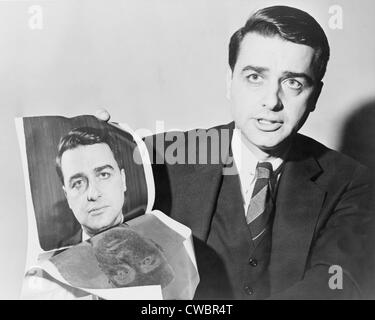


Former Apple CEO John Sculley describes a meeting they had years ago and how both Land and Jobs felt that products existed all along - they just needed to discover them.ĭr Land was saying: “I could see what the Polaroid camera should be. “We hope that in the months ahead, many people will visit this exhibit to understand and appreciate the life and achievements of this remarkable man.One of Steve Jobs’ biggest heroes is Edwin Land, the inventor of Polaroid. “In this exhibition, Baker Library turns the clock back to the 1930s, when a young man of twenty-four, pursuing his interest in the possibilities of a synthetic polarizer, founded what would become one of the most innovative and successful American companies of the century,” Linard continues. “The Boston area is broadly acclaimed as a center for innovation and entrepreneurship, representing not only what is possible today but also the potential for the future driven by the dynamic partnership of the academic, business, and finance worlds,” says Laura Linard, Director of Special Collections at Baker Library. Test photos taken by the experimental Polaroid team before and after the Model 95 Land camera went on the marketĪn original Model 95 camera with accessoriesĪrchival footage featuring demonstrations of the polarizer and instant photography, andĮxamples of the company’s path-breaking advertising efforts. “Vectograph” aerial photos resulting from a Polaroid process that created three-dimensional images for wartime reconnaissance The drawings that accompanied Land’s first patent applicationĪn original pair of Polaroid sunglasses as well as polarized goggles used by pilots during World War II

“Land understood the intersection of science and art in industry in its most profound sense,” Banta explains, “finding purpose, beauty, and humanity in the products he invented and in the endeavors of those who created them.”ĭrawing upon the vast collection of some 1.5 million items from the corporate archives donated by the Polaroid Corporation to the Baker Library Historical Collections in 2006, the extensive exhibit includes: Polaroid became one of the leading employers in the area and well known for its progressive employee practices. Land believed, ‘is the intersection of science and art.’ A scientist and inventor, entrepreneur and CEO, aesthete and humanist Land fostered invention and creativity within the culture of a small, science-based research and manufacturing company,” Curator Melissa Banta writes in the exhibit catalogue.
#WHO INVENTOR EDWIN LAND FREE#
Land and the Polaroid Corporation – The Formative Years,” the exhibit, which is free and open to the general public, will run until July 28. Titled “At the Intersection of Science and Art: Edwin H. Land (who died in 1991 at the age of 81) and the iconic Polaroid Corporation he founded are chronicled in a new multimedia exhibit in the north lobby of Harvard Business School’s Baker Library. Polaroid Corporation Administrative Records. The first commercial version of the camera (dubbed Model 95) and its special self-developing film went on sale with considerable marketing fanfare the following year. Thus was born the idea of instant photography and eventually the Polaroid Land Camera that Land demonstrated for the first time on February 21, 1947, at a meeting of the Optical Society of America in New York City. to describe to him in great detail a dry camera which would give a picture immediately after exposure.” View Video

Within the hour, the camera, the film, and the physical chemistry became so clear to me that…I hurried over to. That got Land, with his extensive background in physics and engineering, to thinking: “As I walked around that charming town,” he wrote, “I undertook the task of solving the puzzle she had sent me. Why couldn’t she see right away a copy of the photograph her father had just taken of her? Why indeed. One day during that trip, his young daughter asked him a question that would change photography forever. Baker Library, Harvard Business School.īOSTON-In 1943, Edwin Land, who had first made his mark in 1933 with a patent for the development of an affordable light-polarizing material to eliminate glare from automobile headlights and the sun (the first of more than 500 patents he would hold during his lifetime), was on vacation with his family in Santa Fe, New Mexico.


 0 kommentar(er)
0 kommentar(er)
